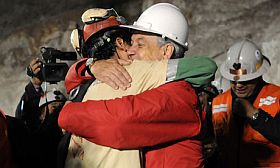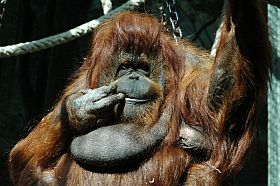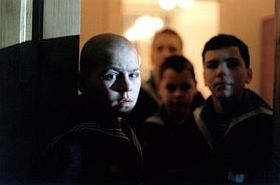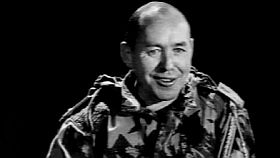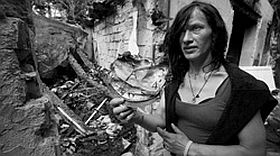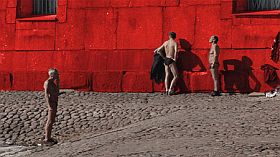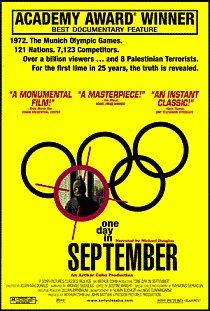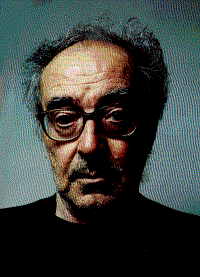… is the headline of a long, interesting article in the Observer sunday November 7. It serves as a follow-up to the Sheffield Doc/Fest that has been covered excellently by the Guardian, see site address below.
The Observer article (written by Sean O’Hagan) examines how cheap technology is allowing film-makers to stretch the form as never before. To get wise words on that perspective, director and film critic/historian Kevin Macdonald is interviewed. Here is a bit of text from the article that is very much to be recommended:
“The form is certainly being stretched more than ever,” says the director Kevin MacDonald, who has made feature films (The Last King of Scotland), documentaries (One Day in September) and merged the two (Touching the Void). “But documentary is a generous basket that can hold a lot of different things. If you think about it, journalism, letter-writing, memoir, satire – they all qualify as non-fiction, so why can’t the same loose rules apply to documentary?”
To this end, MacDonald is currently working on the first feature-length documentary made entirely of user-generated content shot in a single day and then uploaded on to YouTube. Called Life In A Day, the impressionistic film is currently being edited down by MacDonald from 5,000 hours of footage from 190 countries. It will premiere as a three-hour documentary at next year’s Sundance festival. “It’s amateur film-making on a grand scale,” says MacDonald. “But, because the participants are often showing such incredibly intimate things that you could not get in a traditional documentary unless you spent months filming, it is also ground-breaking in ways that we did not expect.”
In the end, says MacDonald, it all comes down to great storytelling. “The irony is that, when I make a documentary, I always feel like I am taking all this real material and trying to tell a story almost as if it was a fictional narrative. When I make a fictional film, I do the opposite.”
http://www.guardian.co.uk/film/2010/nov/07/documentary-digital-revolution-sean-ohagan
http://www.guardian.co.uk/film/sheffield-doc-fest



